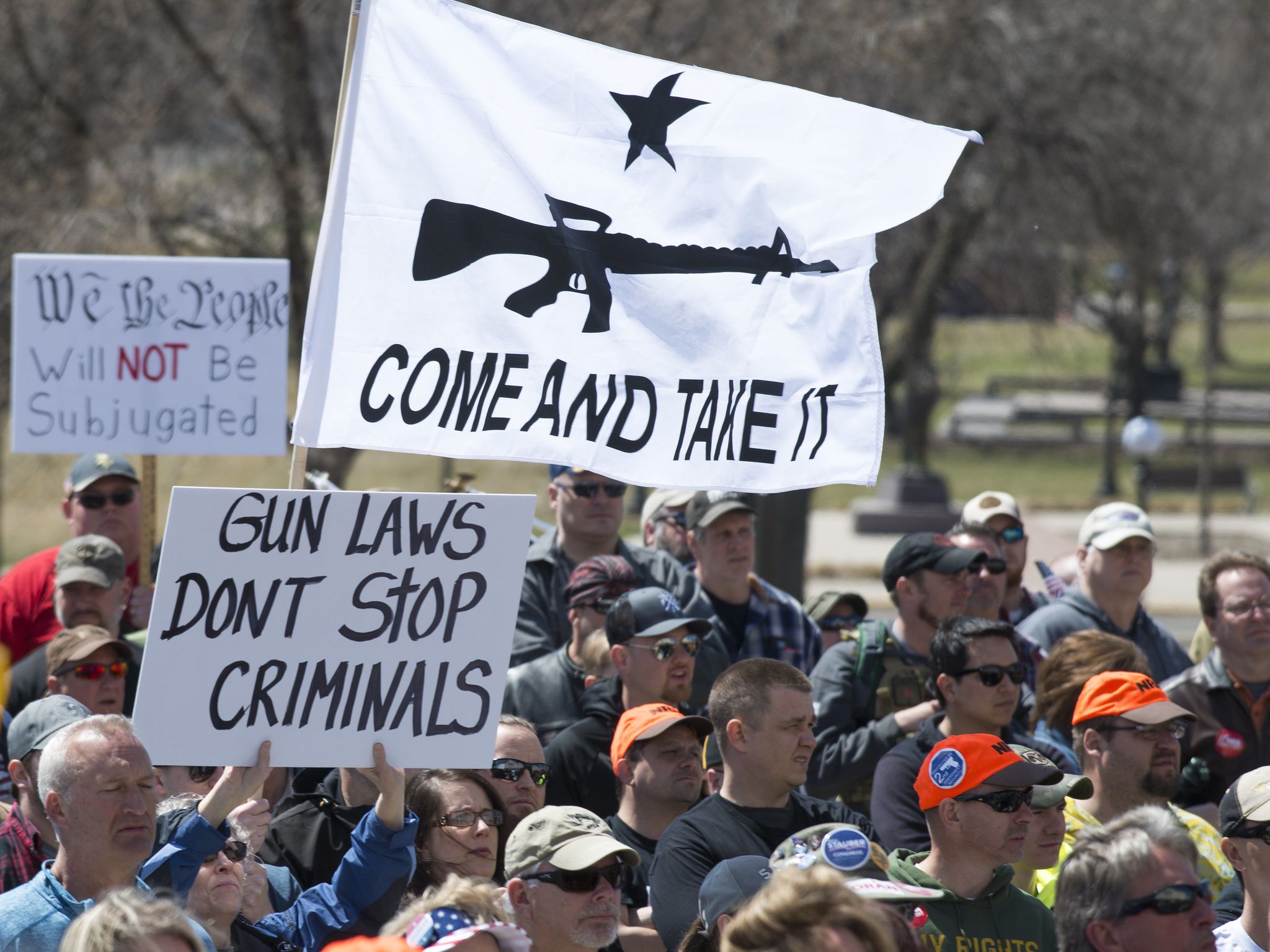Authors:
Historic Era: Era 10: Contemporary United States (1968 to the present)
Historic Theme:
Subject:
September/October 2019 | Volume 64, Issue 4


Authors:
Historic Era: Era 10: Contemporary United States (1968 to the present)
Historic Theme:
Subject:
September/October 2019 | Volume 64, Issue 4
Editors Note: We asked Professor Adam Winkler, a nationally recognized expert on Constitutional law and the history of gun control, to give us his thoughts on how we can steer a middle ground between the right to bear arms and strict gun control. Winkler teaches at the UCLA School of Law and is the author of Gunfight: The Battle over the Right to Bear Arms in America and a frequent contributor to major national magazines.
Despite what extremists tell us, gun rights and gun control are not mutually exclusive. We can have both. Indeed, the story of guns in America is one of balancing gun rights with public safety, respecting both the right of individuals to have guns and the ability of lawmakers to impose reasonable restrictions on guns to enhance public safety.
Over the past 40 years, we’ve lost sight of that balanced approach. America has become entangled in a debate about guns in which the terms are set by extremists on both sides. One side wants guns everywhere and sees any gun control proposal as both an infringement of the Second Amendment and a step down a slippery slope toward total civilian disarmament. The other side dismisses the long history and tradition of gun rights and proposes predictably ineffective reforms that do little to prevent crime but much to anger even law-abiding gun owners.

Providing a more nuanced history of guns and gun control in America may pave the way for a more sensible debate over guns. For example, few citizens realize that gun control is as much a part of the Second Amendment – which refers to a “well regulated Militia” – as is the right to keep and bear arms. As the Supreme Court correctly noted in District of Columbia v Heller (2008), the militias of the founding era were groups of ordinary citizens capable of taking up arms to defend the nation. While the Founders sought to protect the citizenry from being disarmed entirely, they did not wish to prevent government from adopting reasonable regulations of guns and gun owners either.
Although Americans today often think that gun control is a modern invention, the Founding era had a wide range of laws regulating the armed citizenry. There were laws designed to ensure the effectiveness of militias, such as requiring citizens to have guns appropriate for militia service and to appear at mandatory musters where their guns would be inspected. Governments also compiled registries of civilian-owned guns appropriate for militia service, sometimes conducting door-to-door surveys. The Founders had broad bans on gun possession by people deemed untrustworthy, including slaves and loyalists. They required